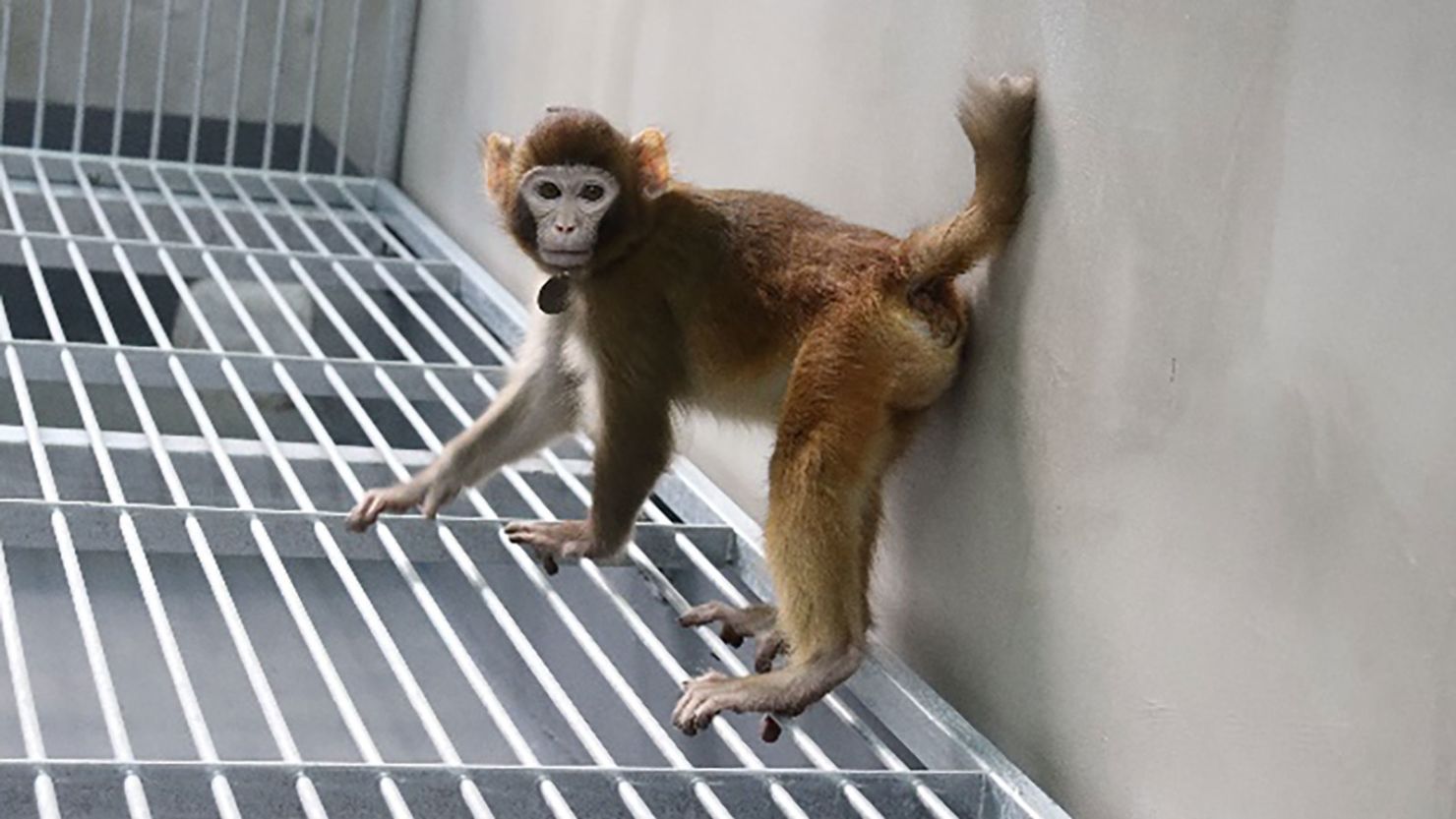Chinese researchers have cloned the first rhesus monkey, a species which is widely used in medical research because its physiology is similar to humans.
They say they could speed up drug testing, as genetically identical animals give like-for-like results, providing greater certainty in trials.
Previous attempts to clone a rhesus have either not led to births or the offspring have died a few hours later.
One animal welfare group has said it is “deeply concerned” by the development.
In mammals, sexual reproduction leads to offspring made up of a mixture of genes from their father and mother. In cloning, techniques are used to create a genetically identical copy of a single animal.
The most famous cloned animal, Dolly the sheep, was created in 1996. Scientists reprogrammed a cell from another sheep to turn them into embryos which are building block cells that can grow into any part of an organism. These embryos were then implanted into Dolly’s surrogate mother.
Writing in the journal Nature communications, the researchers say they have essentially done the same thing but with a rhesus monkey. They say that the animal has remained healthy for more than two years, indicating the cloning process was successful.
Dr Falong Lu of the University of Chinese Academy of Sciences told BBC News that ”everyone was beaming with happiness” at the successful outcome.
But a spokesperson for the UK’s Royal Society for the Prevention of Cruelty to Animals (RSPCA) said that the organisation believed that the animal suffering caused outweighed any immediate benefit to human patients.
Rhesus monkeys are found in the wild in Asia, with populations in Afghanistan through India, Thailand, Vietnam and China. They are used in experiments to study infection and immunity.
The first macaque monkeys were cloned in 2018, but rhesus monkeys are preferred for medical researchers, because of their genetic similarity to humans.
The problem with this method of cloning adult cells to become embryonic is that in most attempts, mistakes are made in the reprogramming, and very few end up becoming born and fewer still are born healthy – between 1 and 3% in most mammals. And it has proved harder still with rhesus monkeys, with no births until the research team succeeded two years ago.
They discovered that in failed rhesus attempts, the placentas, which provide oxygen and nutrients to the growing foetus, were not reprogrammed properly by the cloning process and so did not develop normally.
The researchers got around the problem by not using the part of the cloned embryo that goes on to develop into the placenta – the outer part. As the graphic below shows, they removed the inner cells – which develop into the body of the animal and inserted them into a non-cloned outer embryo – which they hoped would develop into a normal placenta.
News Source: BBC
